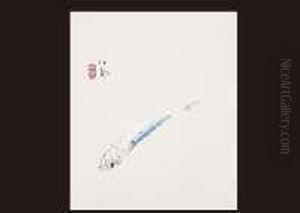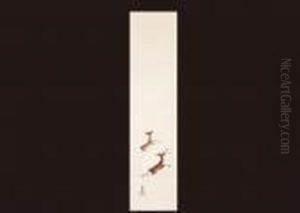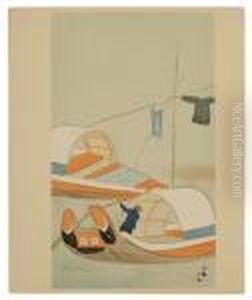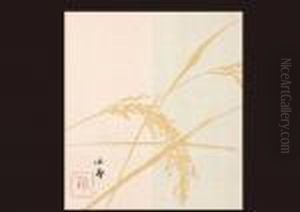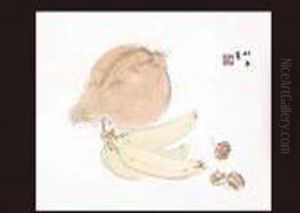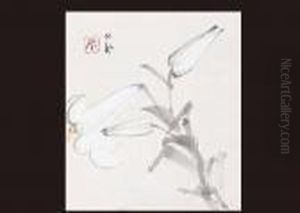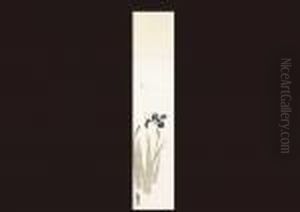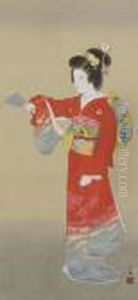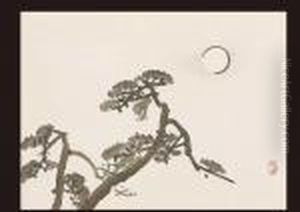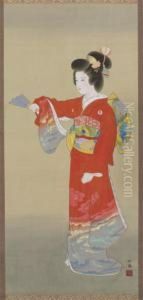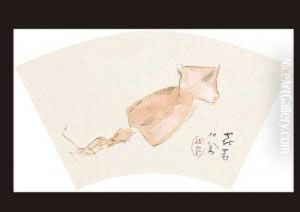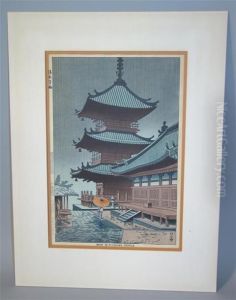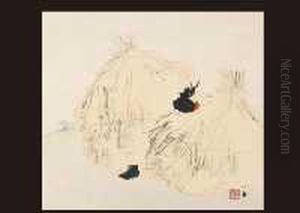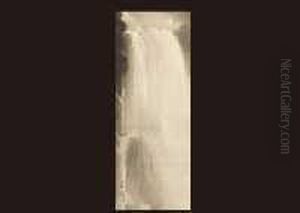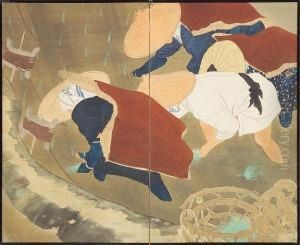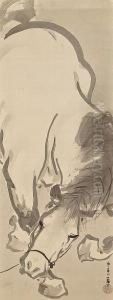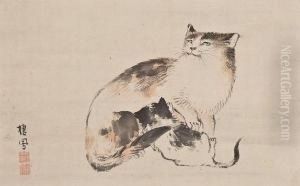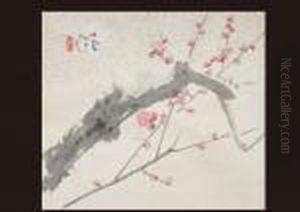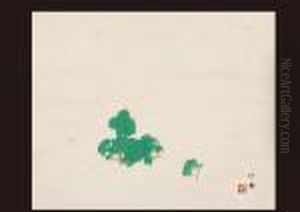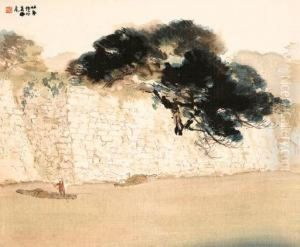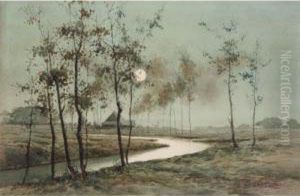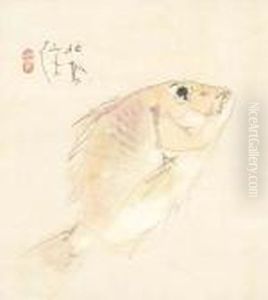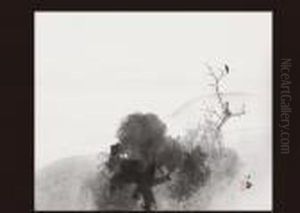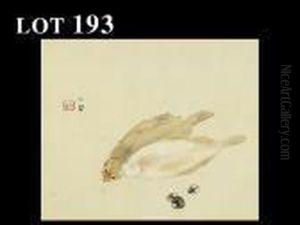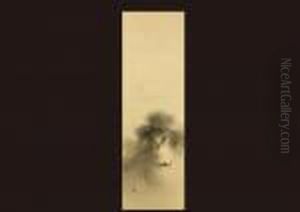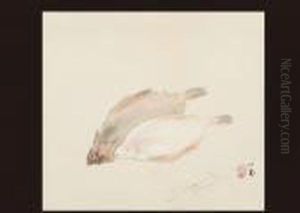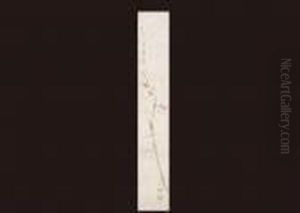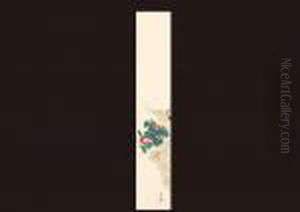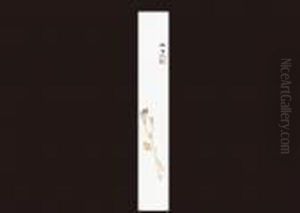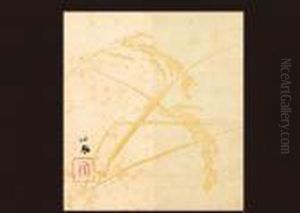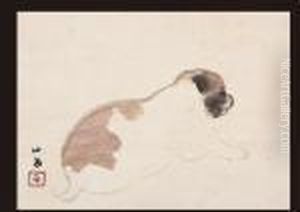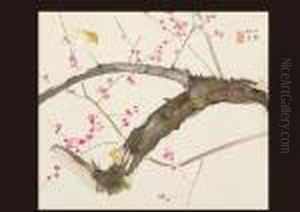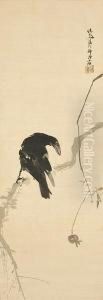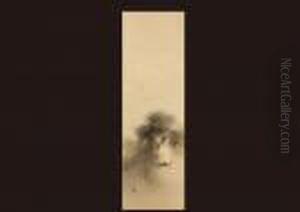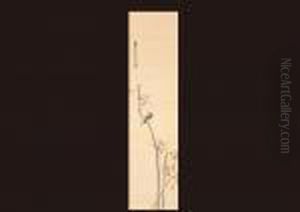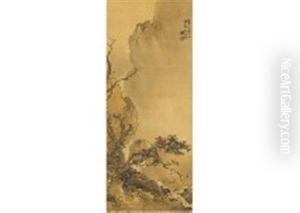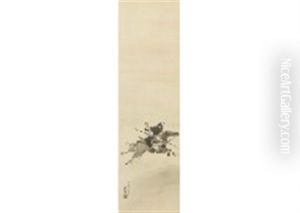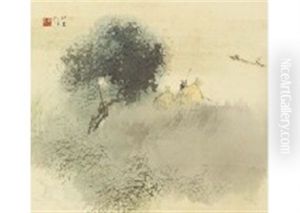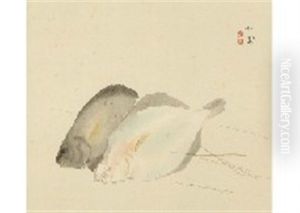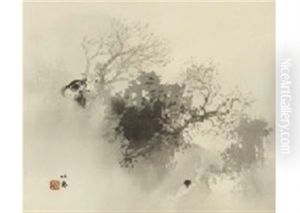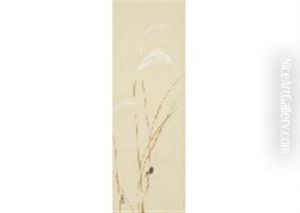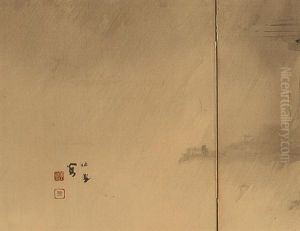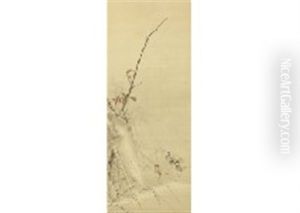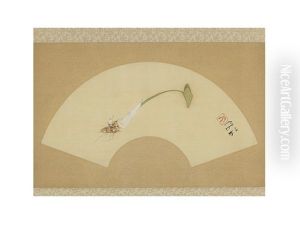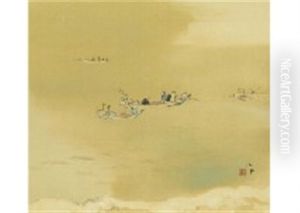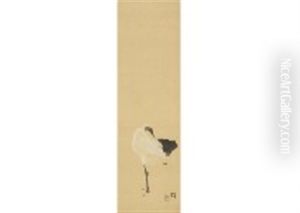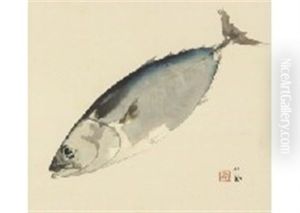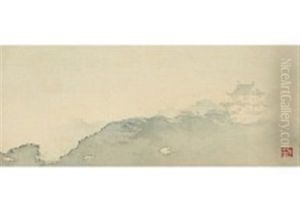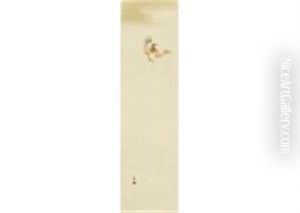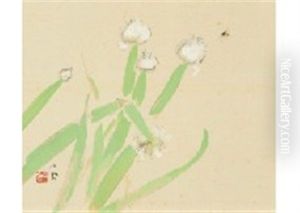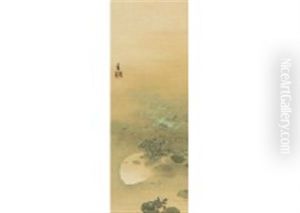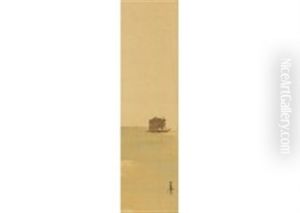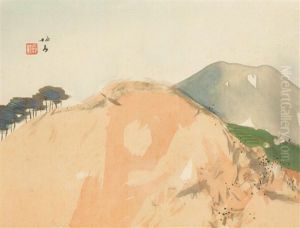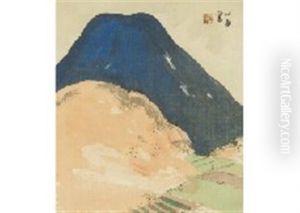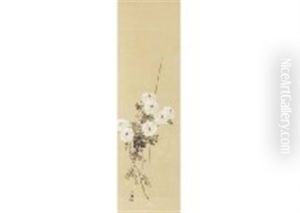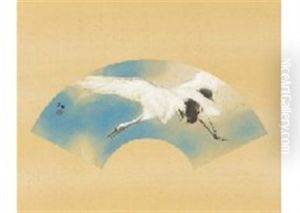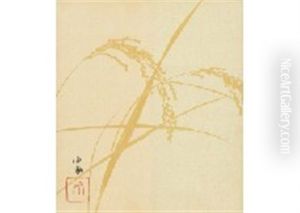Seiho Takeuchi Paintings
Seiho Takeuchi was a prominent Japanese painter and one of the leading figures in the development of modern Japanese painting during the late 19th and early 20th centuries. Born on December 20, 1864, in Kyoto, Japan, Takeuchi began studying painting at a young age, initially under the tutelage of Kōno Bairei in the Maruyama-Shijō school of painting, which focused on traditional Japanese techniques and subjects.
His early work was heavily influenced by the styles of the Edo period and the naturalistic approach of the Maruyama school. However, as Japan opened up to the West during the Meiji Restoration, Western art started to have a significant influence on Japanese artists. Takeuchi was among the artists who were keen to learn from Western techniques. He traveled to Europe in 1900, where he was exposed to various Western art movements and techniques. This experience greatly influenced his style, leading to the incorporation of Western realism and perspective into his work, while still maintaining a distinctly Japanese aesthetic.
Upon returning to Japan, Takeuchi became an influential educator and advocate for the integration of Western techniques with traditional Japanese styles. He taught at the Kyoto City School of Fine Arts and Crafts and later at the Kyoto City Specialist School of Painting. Among his students were some of the future leaders of the Nihonga movement, which aimed to modernize Japanese painting while preserving its unique traditions. Takeuchi's works often depicted traditional subjects such as landscapes, animals, and scenes from Japanese literature, but with a fresh perspective that reflected his cross-cultural experiences.
Seiho Takeuchi continued to paint and exhibit his work throughout his life, and he received numerous awards and honors for his contributions to Japanese art. He was appointed to the Imperial Art Academy and was also awarded the Order of Culture by the Japanese government. His work is held in many prestigious collections, including the Tokyo National Museum and the Kyoto National Museum. Takeuchi passed away on August 23, 1942, leaving behind a legacy as a bridge between Eastern and Western art traditions, and as a master of modern Nihonga painting.
